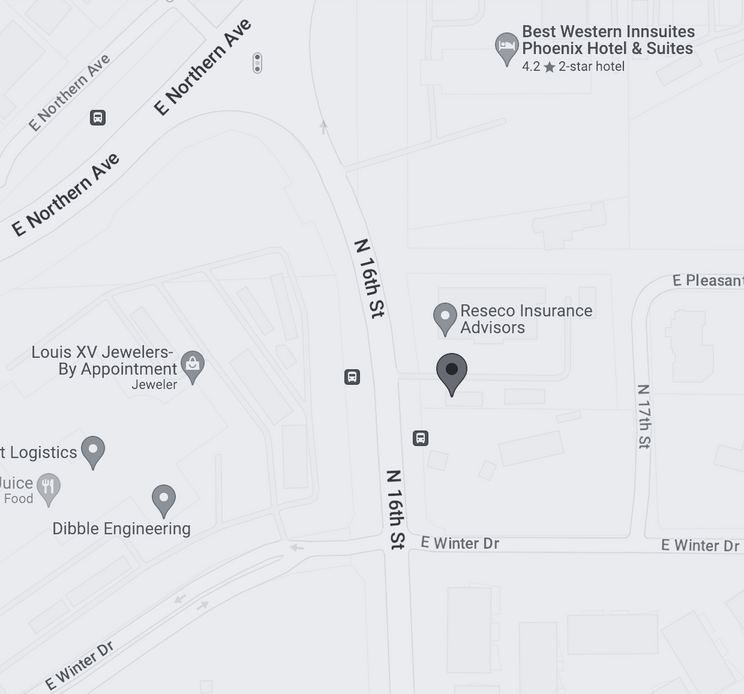BLOG
No Results Found
The page you requested could not be found. Try refining your search, or use the navigation above to locate the post.
LET‘S
TALK!
HEAD OFFICE

The page you requested could not be found. Try refining your search, or use the navigation above to locate the post.
LET‘S
TALK!
